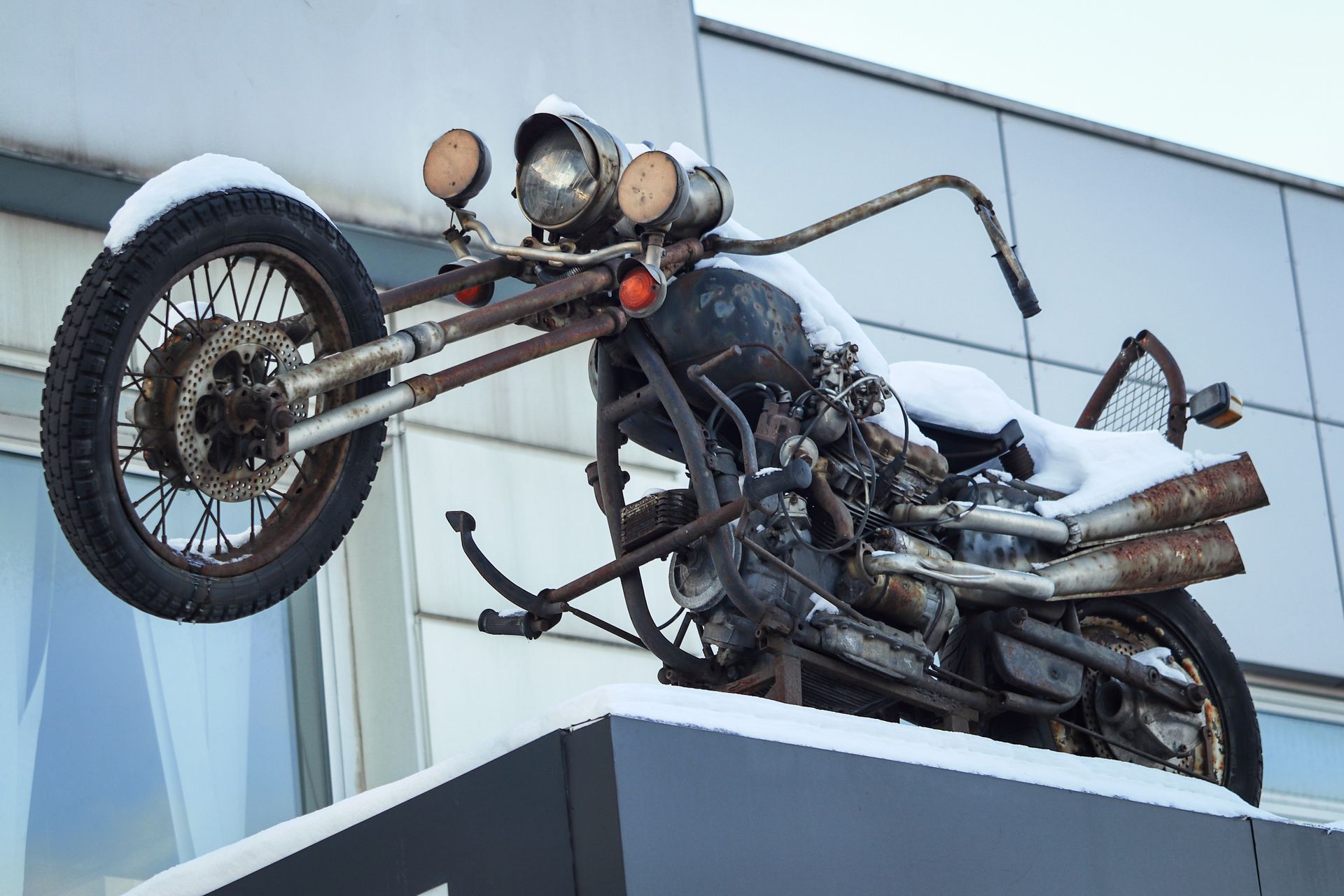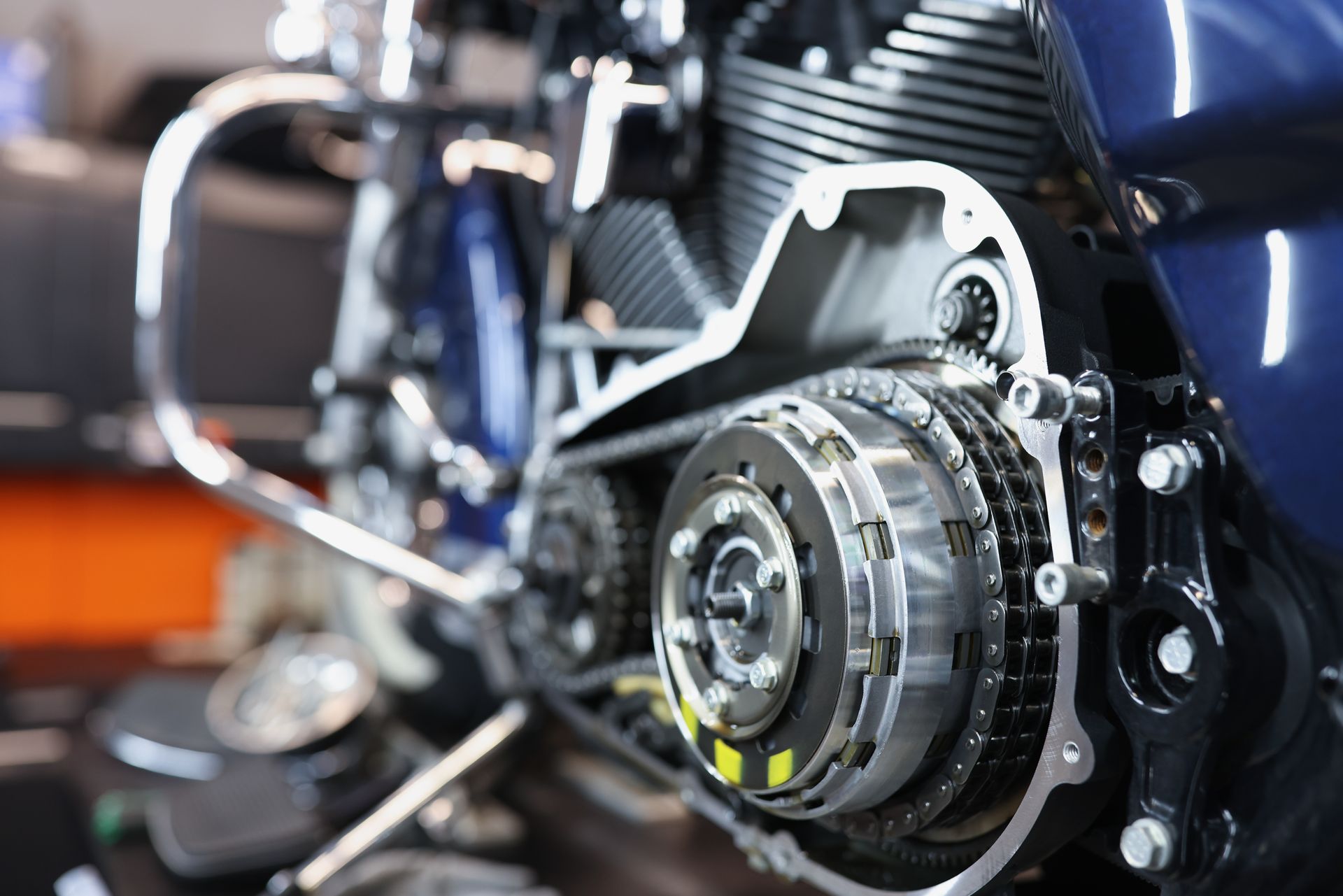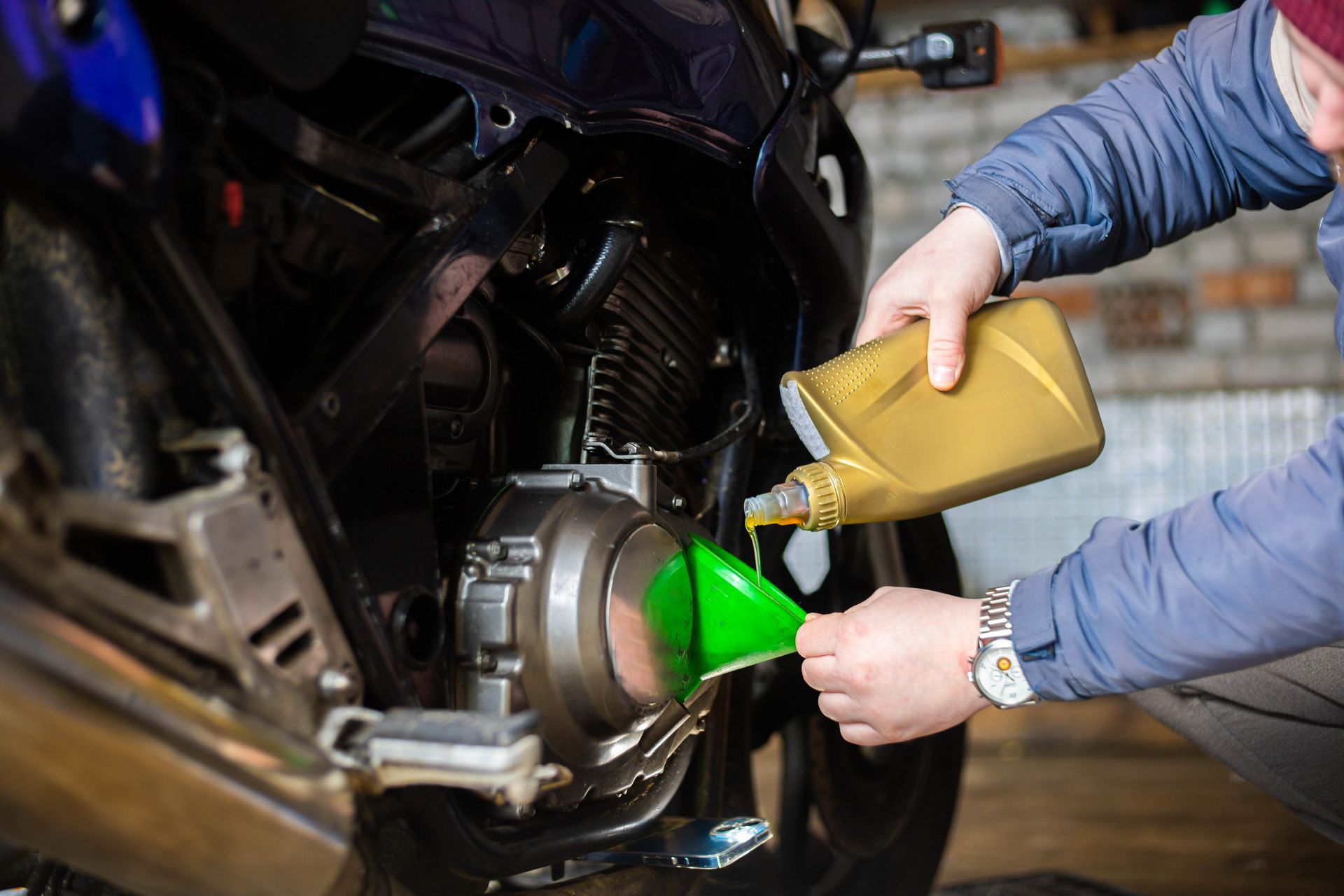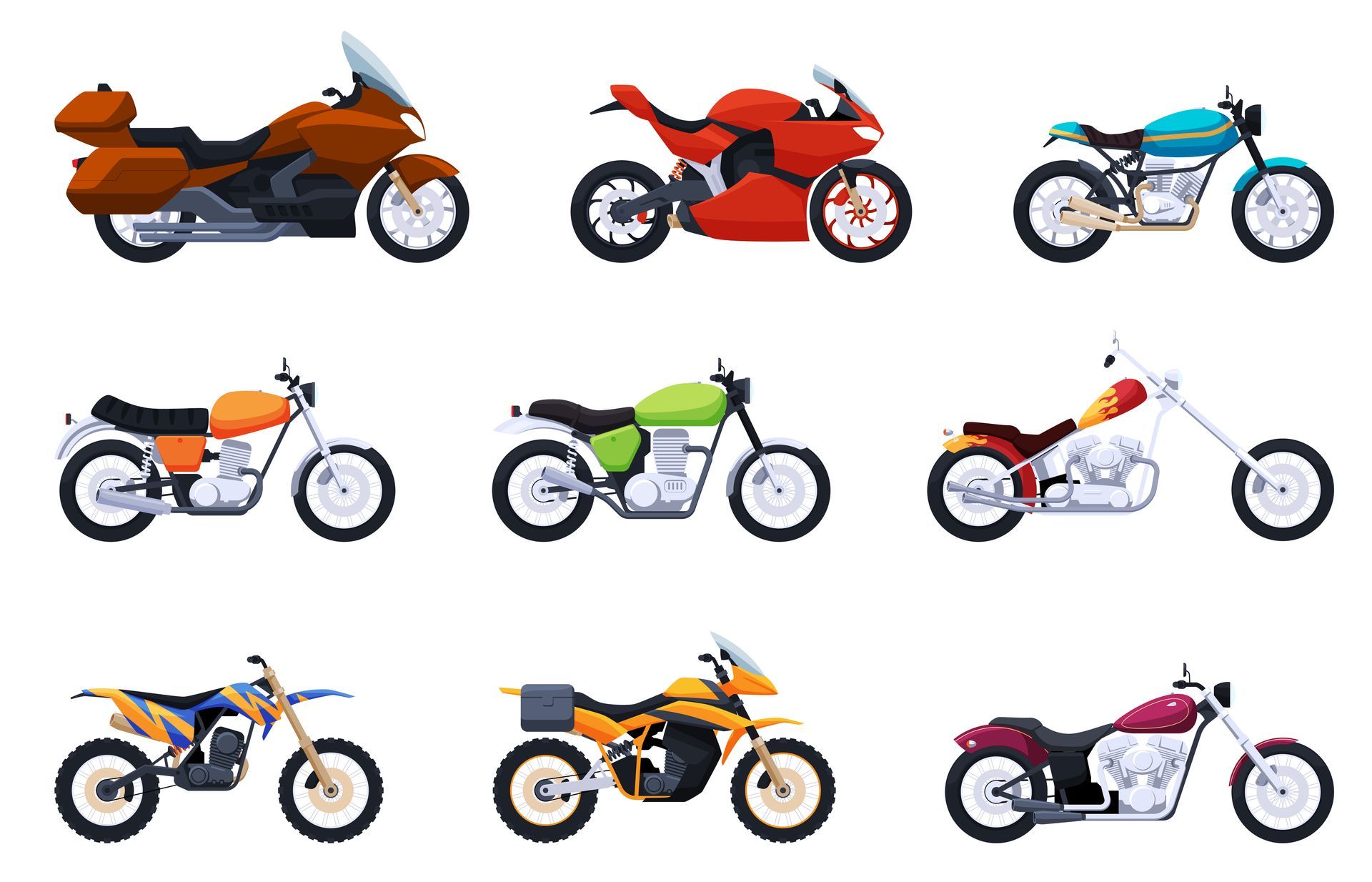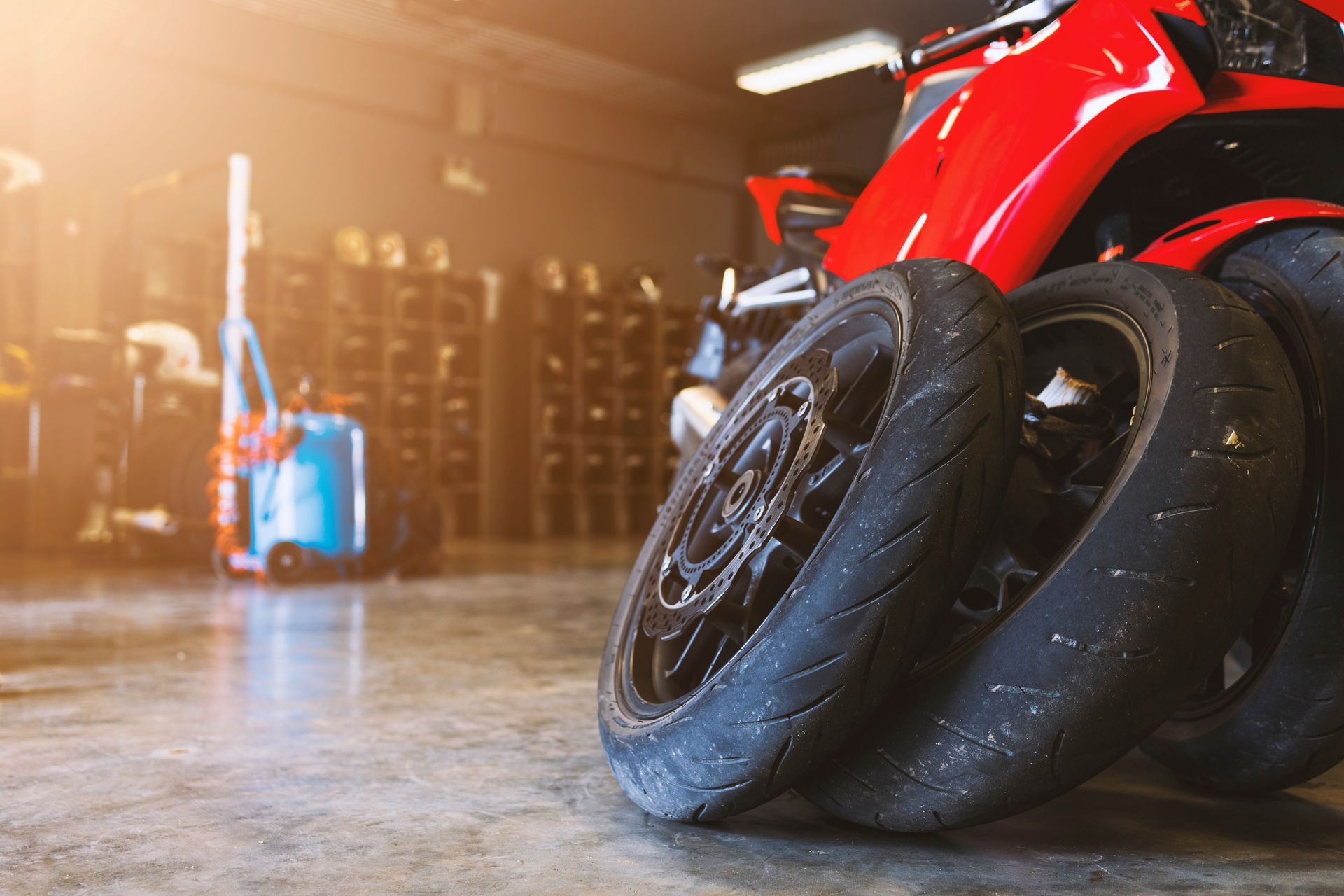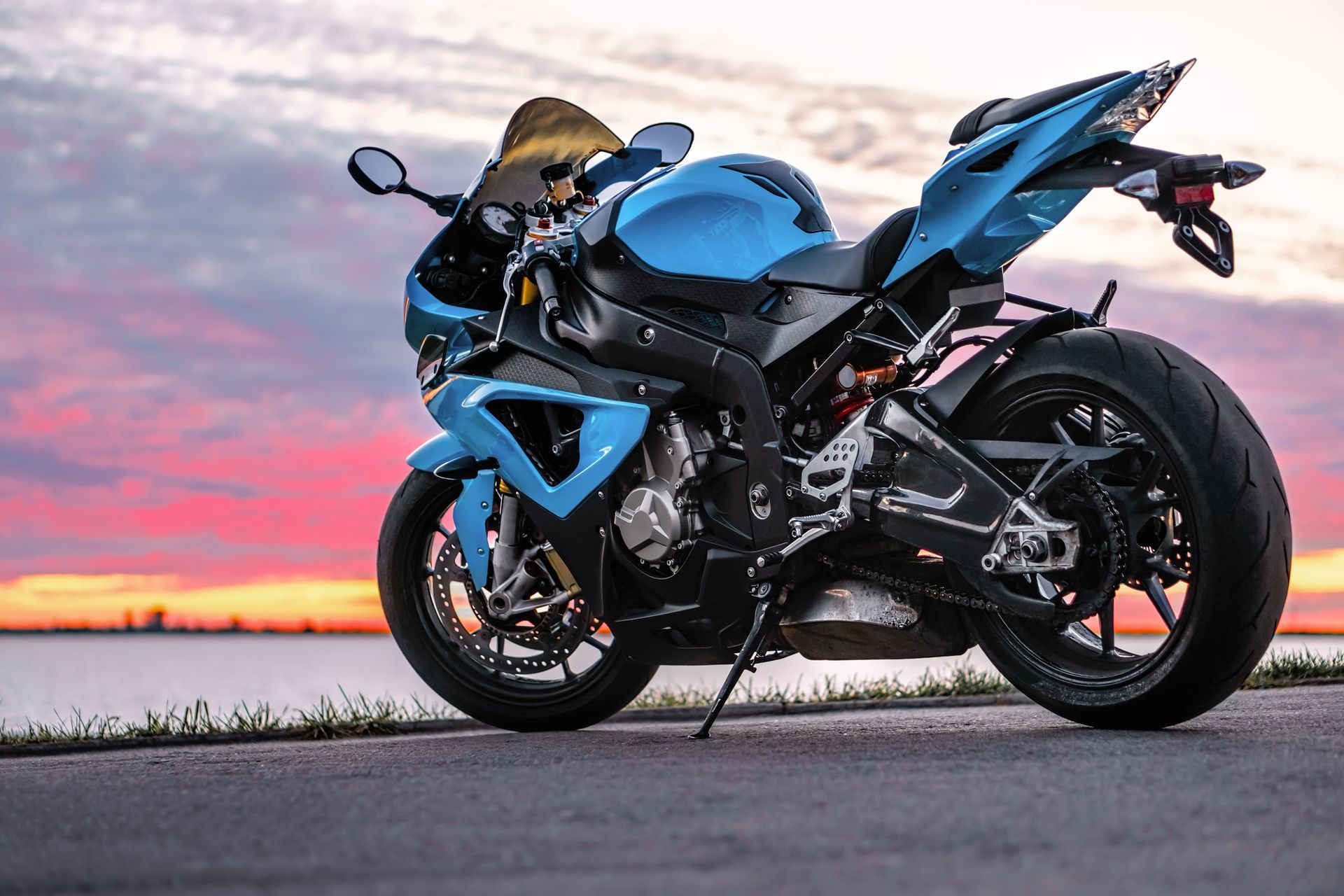Loading ...
Missing business hours data / Error occurred while getting the data.
Riding in the Rain: Myth vs. Reality for Motorcyclists
February 28, 2025
Riding a motorcycle in the rain has long been a topic of debate among riders. Some believe it’s a reckless choice that should be avoided at all costs, while others argue that it's perfectly manageable with the right skills and precautions. There’s no denying that wet roads present unique challenges, but separating fact from fiction is the key to staying safe. Whether you’ve been caught in an unexpected storm or you’re considering a ride in less-than-ideal conditions, knowing what’s true and what’s exaggerated can make all the difference.
Myth: Riding in the Rain Is Extremely Dangerous
One of the biggest misconceptions is that riding in the rain is automatically a disaster waiting to happen. The truth is, while wet roads do reduce traction, modern motorcycles are equipped with advanced tires and braking systems designed to handle a variety of conditions. The key factor isn’t the rain itself, but how you adjust your riding style.
A motorcycle’s tires rely on proper contact with the road, and rain can reduce that grip. However, most high-quality motorcycle tires are designed with deep treads that channel water away, improving traction. As long as you slow down, avoid sudden movements, and maintain a relaxed grip on the handlebars, you can stay in control. The real danger comes from panic reactions—hard braking, abrupt turns, or riding too aggressively on slick surfaces.
Reality: Proper Gear Makes All the Difference
Many riders assume that getting wet is just part of the experience when riding in the rain, but the right gear can keep you dry and comfortable. Waterproof riding jackets, pants, and gloves provide excellent protection against moisture, while a good pair of anti-fog helmet visors ensures clear visibility.
Another overlooked issue is cold temperatures, which can be amplified by wind and rain. If your gear isn’t insulated properly, you’ll lose body heat quickly, which can affect concentration and reaction time. Wearing layered clothing and waterproof boots not only improves comfort but also keeps you focused on the ride instead of the weather.
Myth: Wet Roads Mean Zero Traction
It’s true that traction is reduced in the rain, but not to the point where it’s impossible to ride safely. The first few minutes of rain are the most dangerous because oil, dirt, and debris on the road mix with water, creating a slippery surface. However, after steady rainfall, much of that buildup washes away, leaving a cleaner (though still wet) road.
Even after the rain has passed, some areas can still be risky. When wet, painted lane markings, manhole covers, and metal bridge grates can get really slippery, so it’s best to steer clear of them if you can. If you have to ride over these surfaces, just keep your bike steady and upright to help avoid skidding.
Another reality is that modern motorcycles are often equipped with traction control, anti-lock braking systems (ABS), and rain-mode settings, all of which provide additional stability in wet conditions. Riders who understand their bike’s capabilities and adjust accordingly will find that rain doesn’t eliminate control—it just demands a different approach.
Reality: Braking and Cornering Techniques Are Important
One mistake riders make in the rain is treating braking and cornering the same way they would on dry pavement. In wet conditions, stopping distances increase, so giving yourself extra space is essential. Instead of grabbing the brakes suddenly, applying gradual pressure on both the front and rear brakes allows the tires to maintain contact without locking up.
When it comes to cornering, a gentle approach is best. Leaning too aggressively can cause loss of traction, but staying controlled and making smooth inputs allows the bike to navigate turns safely. If you feel unsure about your grip, reducing speed before entering the turn gives you more control and prevents abrupt adjustments mid-corner.
One additional factor to consider is hydroplaning, which occurs when a tire loses contact with the road due to excess water buildup. While this is more common in cars, motorcycles with bald or underinflated tires are at risk. Keeping your tires in good condition and maintaining the correct pressure significantly reduces this danger.
Myth: It’s Best to Avoid Riding in the Rain Altogether
Many riders think that skipping wet-weather riding is the safest option, but what if you don’t have a choice? Sudden weather changes, unexpected storms, or long trips where stopping isn’t an option mean that, at some point, most motorcyclists will face a rainy ride. The best way to stay safe is to be prepared rather than avoid the situation entirely.
Practicing in controlled conditions—like an empty parking lot on a rainy day—can help build confidence. Learning how your bike responds to wet surfaces, braking in the rain, and handling reduced visibility will prepare you for real-world conditions when they happen unexpectedly.
If you ride often in areas prone to rain, like Sanford, FL, knowing how to adjust to wet conditions is a must. Being prepared and riding with confidence makes all the difference between an uncomfortable ride and a dangerous one.
Worried about riding in wet conditions? Make sure your motorcycle is equipped with the best tires and braking system. Visit
Prime Motorcycles in Sanford, FL, for
professional service and expert advice!
Loading ...
Missing business hours data / Error occurred while getting the data.
Loading ...
Missing business hours data / Error occurred while getting the data.
Loading ...
Missing nap lines data / Error occured while getting the data.
WEBSITE BY KUKUI

